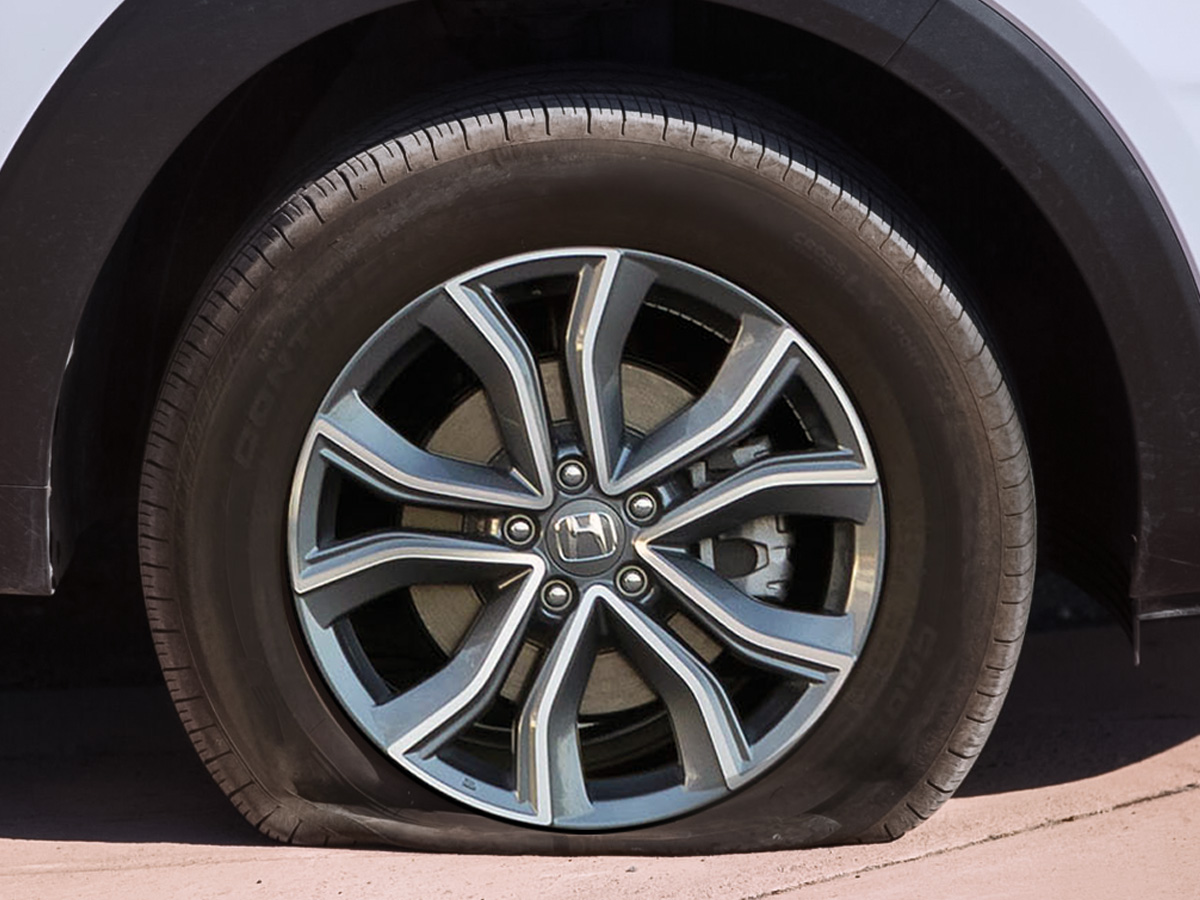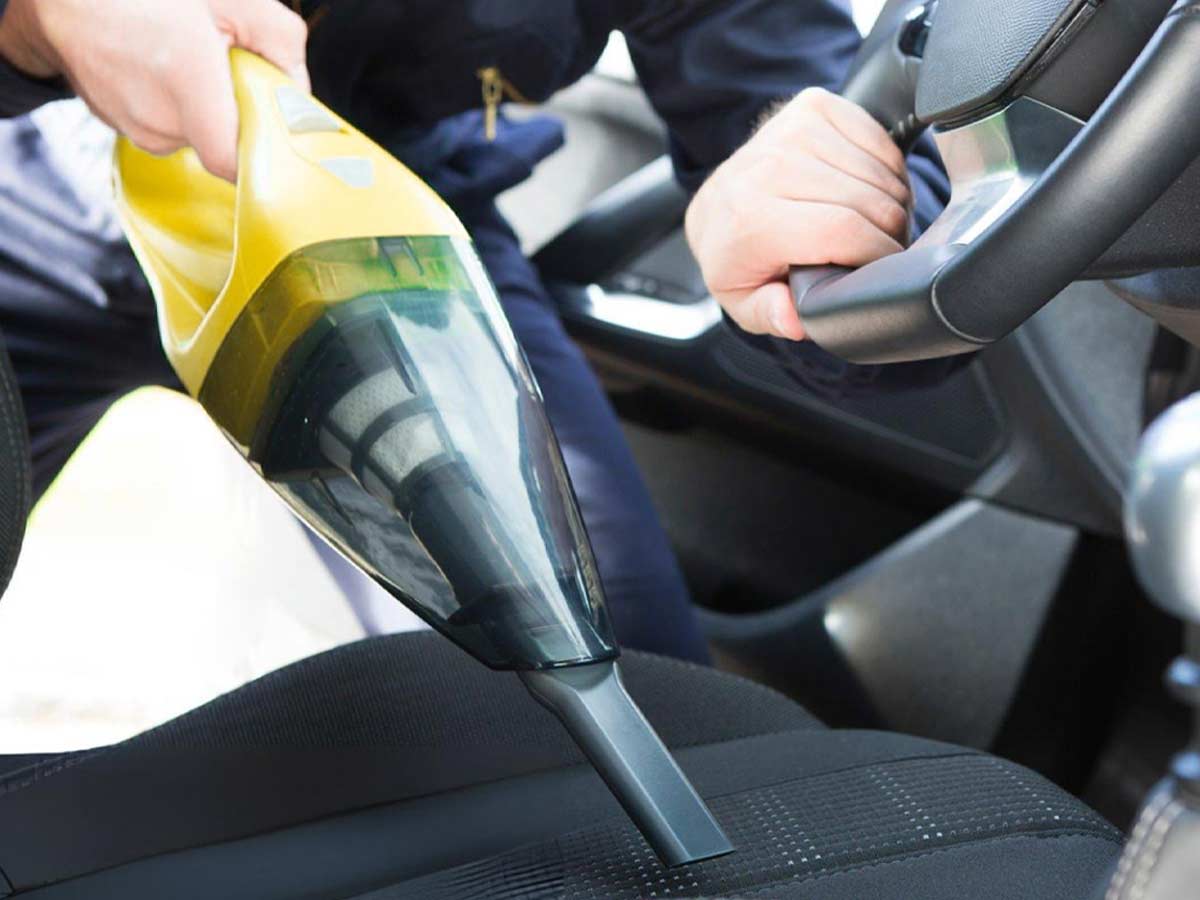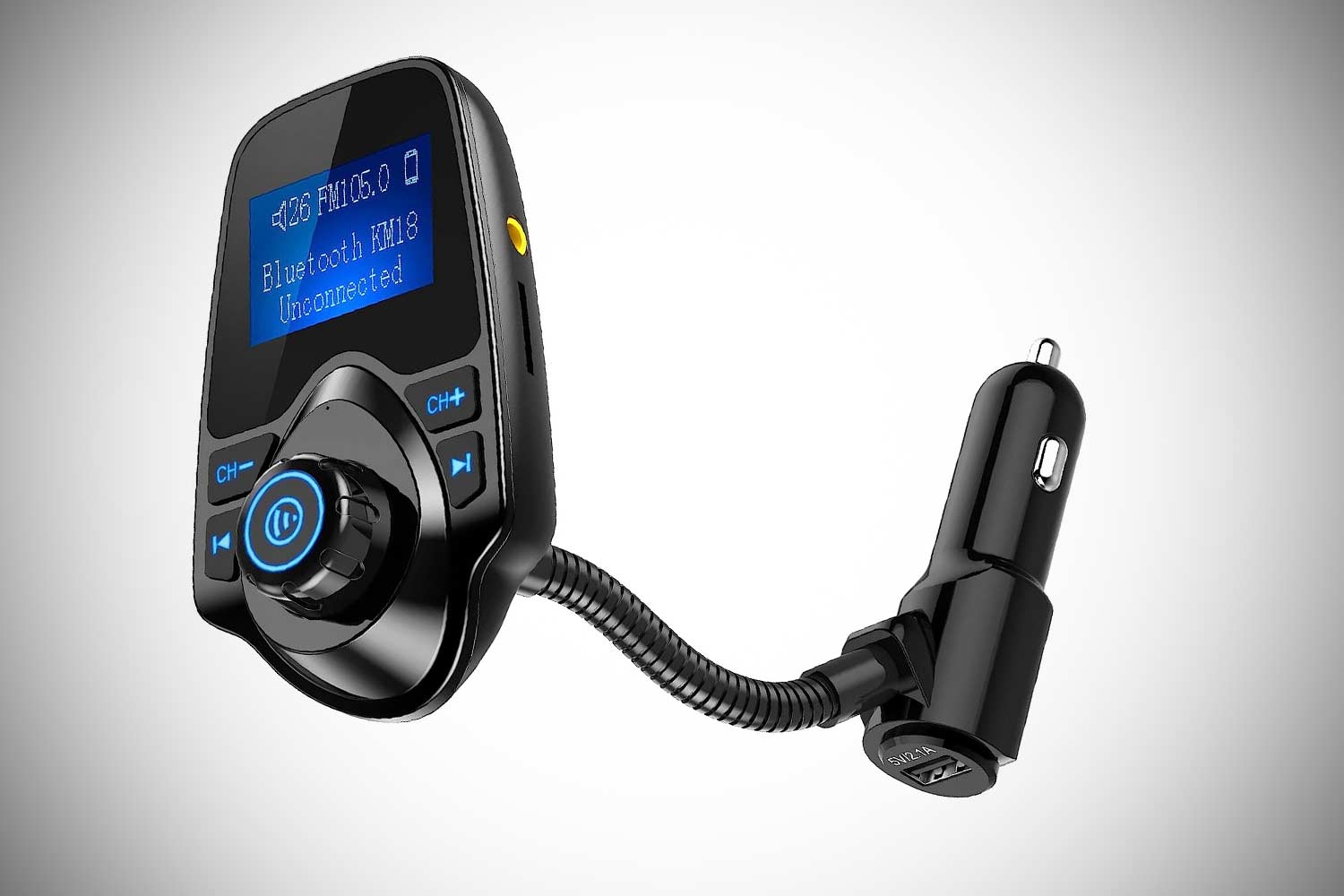Picture this: you’re cruising down the open road, wind in your hair, tunes playing on the radio, when suddenly, disaster strikes—a flat tire. Panic sets in as you realize you don’t have a jack to lift your vehicle. Fear not! In this guide, we’ll explore the art of changing a tire without a jack, turning a potentially stressful situation into a mere hiccup on your journey.

>>> Get the best deal on Electric Car Jack Kits <<<
Materials Needed:
- Rocks, wood logs, or any solid objects
- Stable and robust support objects
- Spanner
- Spare tire
Method 1: Solid Support System
- Find Sturdy Materials: Start by scouting the area for rocks, wood logs, or any solid objects. These will serve as a makeshift foundation to lift the car.
- Create a Foundation: Arrange the chosen materials on the ground to create a stable base. Ensure they are of sufficient height, so when the flat tire is lifted, there’s enough clearance to remove it easily.
- Lift the Car: Carefully and slowly drive the car onto the improvised support system. Double-check that everything is secure before proceeding.
- Position the Supports: Locate something stable and strong to support the weight of the car. Place these supports under the jacking points of the vehicle, ensuring they can handle the weight without slipping.
- Loosen Wheel Nuts: Using a spanner, loosen the wheel nuts on the flat tire but don’t remove them entirely just yet.
- Remove the Flat Tire: With the car now elevated, remove the remaining wheel nuts and take off the flat tire.
- Replace with Spare Tire: Install the spare tire and secure it with the wheel nuts. Once again, place the supports under the tire.
- Lower the Car: Gently remove the supports under the jacking points, allowing the car to settle back on its wheels.
- Tighten Wheel Nuts: Fully tighten the wheel nuts using the spanner.
- Drive Off Safely: You’re good to go! Drive off cautiously, and make sure to have the flat tire repaired or replaced at the earliest opportunity.
Method 2: Raised Ground Level
- Identify a Raised Surface: Look for a raised ground level, such as a curb or a gradual slope, that allows you to articulate the vehicle without causing instability.
- Position the Vehicle: Carefully position the car on the raised surface, ensuring the tire to be replaced is off the ground. Exercise caution, as this method involves a degree of risk.
- Follow Steps from Method 1: Continue with the steps outlined in Method 1 for loosening and replacing the tire, ensuring the vehicle remains stable on the raised surface.
While lacking a traditional jack might seem like a roadblock, resourcefulness and careful planning can still get you back on the road. Always prioritize safety, and if possible, seek professional assistance or use these methods as temporary solutions until proper equipment is available. With these tricks up your sleeve, you’ll be better prepared for unexpected roadside challenges. Happy driving!




































